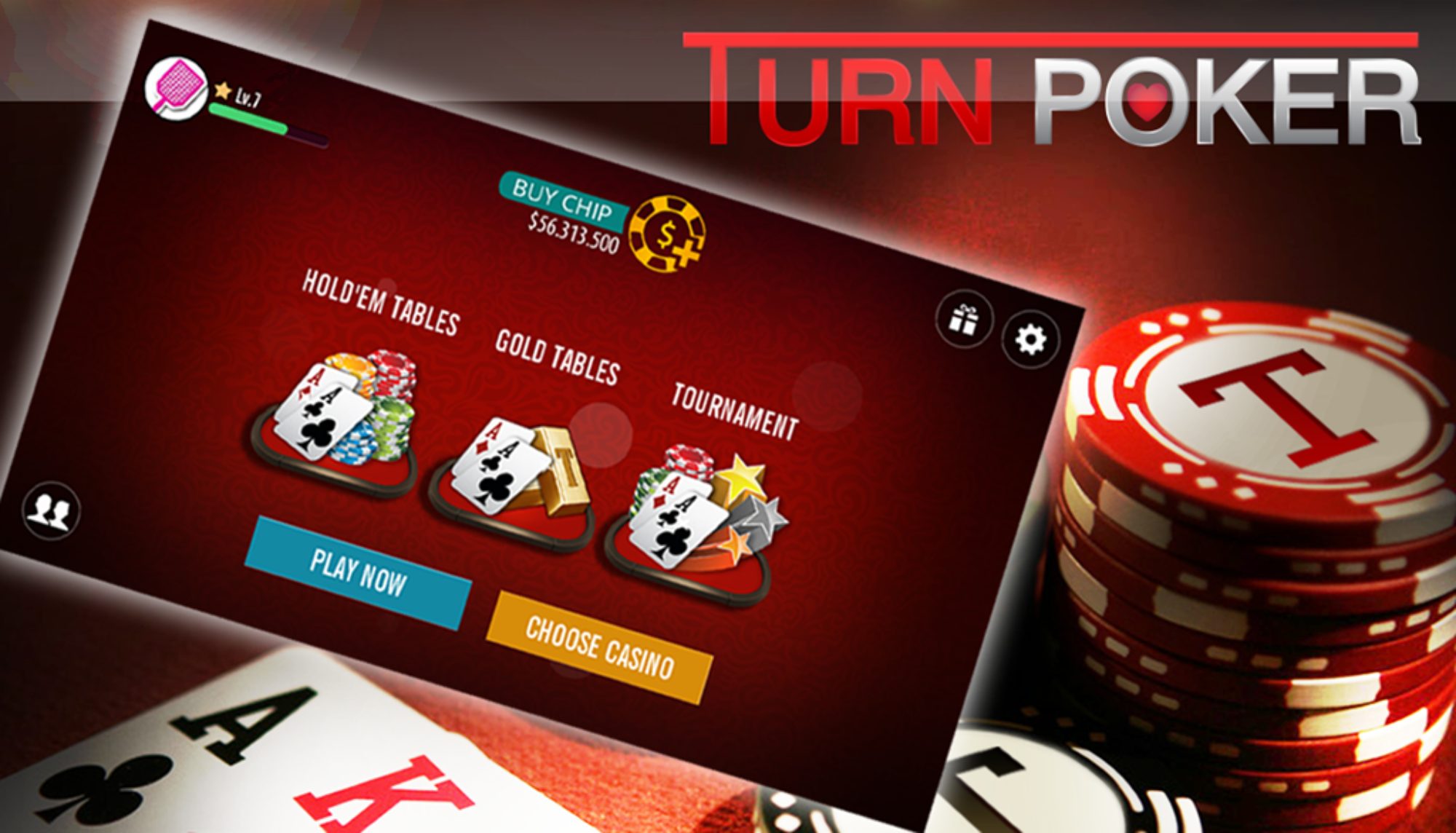Mastering the Art of Bluffing – Techniques for Successful Execution

Bluffing is an art form that transcends various realms, from poker tables to everyday negotiations. It involves the skillful deception of others, leading them to believe something that isn’t true. Whether you are aiming to win a high-stakes game or gain an advantage in a business deal, understanding the nuances of bluffing can be crucial to your success. This article delves into the intricacies of bluffing techniques, exploring when and how to execute a successful bluff effectively.
In the world of poker, bluffing can make or break a player’s strategy. Skilled players know when to feign strength, convincing their opponents to fold superior hands. However, the principles of bluffing extend beyond the casino. In business, for instance, bluffing can involve projecting confidence even when you may not have all the answers. This psychological maneuvering can lead to favorable outcomes in negotiations, sales pitches, and even interviews.
Yet, successful bluffing is not simply about deception; it requires a deep understanding of human psychology and social dynamics. Knowing your audience is key–whether they are fellow players or business partners. In this article, we will explore various techniques and situations where bluffing can be advantageous, providing you with the tools needed to master this essential skill.
Understanding the Psychology Behind Bluffing: Why It Works
Bluffing is a complex psychological maneuver that relies heavily on the interplay of perception, confidence, and risk. At its core, bluffing is about convincing others to see a reality that may not exist. This technique can be particularly effective in high-stakes situations, such as poker or negotiations, where the stakes are high, and uncertainty reigns. Understanding the underlying psychology can help both the bluffer and the target navigate these situations more effectively.
The success of a bluff often hinges on the ability to read the other person’s reactions and adjust one’s own behavior accordingly. This adaptability is rooted in several psychological principles, including cognitive bias and social dynamics. By recognizing these factors, one can improve their bluffing strategies and anticipate the reactions of others.
Key Psychological Factors in Bluffing
- Cognitive Dissonance: When people face conflicting information, they experience discomfort. Bluffing creates a scenario where the target must reconcile their beliefs with the bluffer’s claims, potentially leading them to accept the false reality presented.
- Trust and Credibility: A successful bluff often relies on the bluffer’s perceived trustworthiness. If the target trusts the bluffer, they may be more likely to believe the bluff, regardless of its truthfulness.
- Emotional Control: The ability to remain calm and composed while bluffing can significantly enhance its effectiveness. If a bluffer displays confidence, it may lead others to question their instincts and accept the bluff as reality.
In conclusion, understanding the psychology behind bluffing reveals why it works and highlights its complexities. By recognizing the cognitive and emotional factors at play, one can better navigate situations that involve bluffing, whether they are the bluffer or the target.
Essential Bluffing Techniques: Tips for Effective Execution
Bluffing is a crucial skill in various competitive settings, from poker tables to business negotiations. Mastering this art requires an understanding of both psychology and strategy. The ultimate goal is to create doubt in your opponent’s mind, leading them to make decisions that favor you.
Successful bluffing is not just about deceit; it’s about execution and timing. Knowing when to bluff can significantly impact your chances of success. Here are some essential techniques to enhance your bluffing skills.
Key Techniques for Successful Bluffing
- Read the Room: Pay attention to the reactions and behaviors of your opponents. Understanding their psychology can help you identify the best moments to bluff.
- Stay Calm: Confidence is key. Maintaining composure will make your bluff more convincing. If you seem anxious, your opponents may sense something is off.
- Use Body Language: Non-verbal cues can enhance or undermine your bluff. Ensure your body language aligns with your story to avoid giving away your intentions.
- Choose the Right Moment: Timing is everything. Bluff when the stakes are high or when your opponents are likely to doubt their own hands.
- Practice Makes Perfect: Regularly practice your bluffing techniques in low-stakes situations to build confidence and improve your skills.
By applying these techniques, you can effectively execute a successful bluff and gain the upper hand in any competitive scenario. Remember, bluffing is as much about perception as it is about strategy.
Timing Your Bluff: When to Take the Risk for Maximum Impact
In the art of bluffing, timing is everything. The effectiveness of a bluff often hinges not only on the quality of the deception but also on when you choose to execute it. Understanding the nuances of timing can elevate your bluff from a mere gamble to a strategic maneuver that can turn the tide in your favor.
To master the timing of your bluffs, consider the following key factors: the dynamics of the game, your opponents’ behaviors, and the stakes involved. Each of these elements can significantly influence the outcome of your bluff, making it crucial to assess the situation before committing to your deception.
Key Factors in Timing Your Bluff
- Game Dynamics: Analyze the flow of the game. A lull or a pivotal moment often presents the best opportunity to bluff.
- Opponent Behavior: Pay close attention to your opponents. Identifying signs of weakness or hesitation can signal the perfect moment to strike.
- Stakes of the Game: Consider the potential rewards and risks. Bluffing when the stakes are high can maximize impact but also increase the risk of exposure.
Ultimately, successfully timing your bluff requires a blend of intuition, observation, and strategic planning. By staying attuned to the unfolding dynamics of the game and your opponents’ tendencies, you can identify those crucial moments when a bluff will be most effective.
In summary, bluffing is not just about the act itself but also about knowing when to act. Timing your bluff effectively can lead to significant gains, while poorly timed bluffs can result in loss and embarrassment. With practice and keen awareness, you can refine your ability to execute bluffs that not only surprise your opponents but also enhance your overall strategy.

